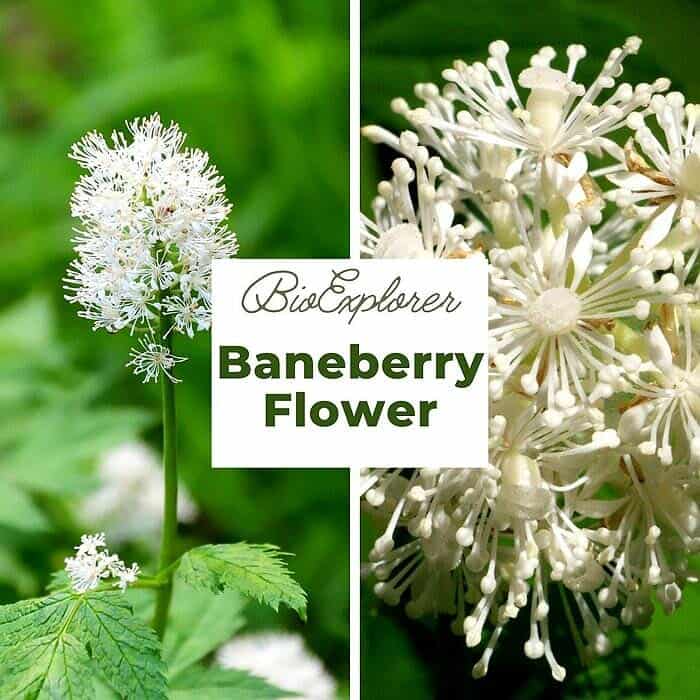
If you fancy spending time outdoors, you may be acquainted with the Baneberry, an attractive plant growing wild at higher elevations throughout many regions in North America.
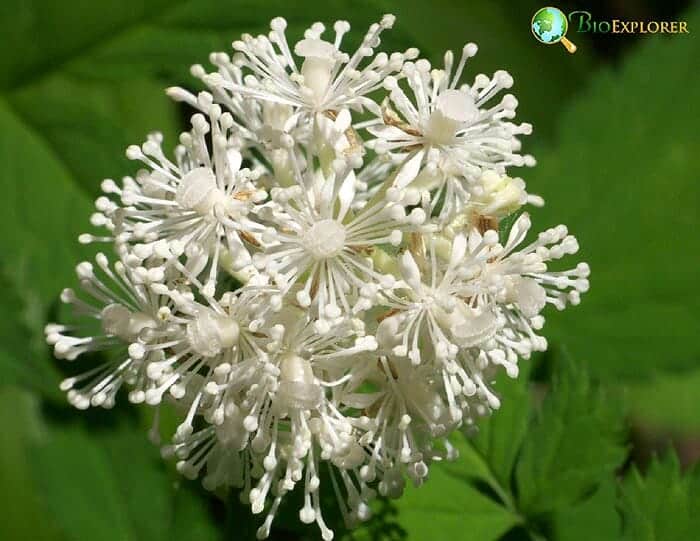
These thread-like flowers are ideal for cool, shady places; the Baneberry brings a vacation-inspired look to your backyard. Two (2) species of Baneberry are common[1] in North America: Actaea rubra (Red Baneberry) and Actaea pachypoda (White Baneberry).
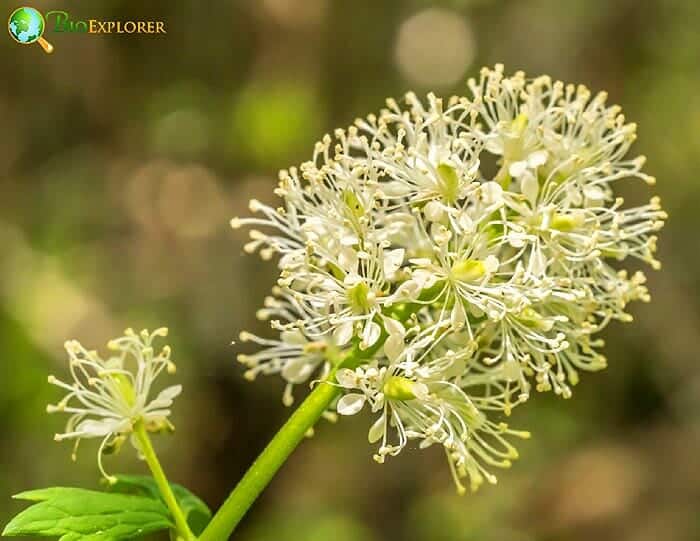
They are all bushy plants, identified mainly by long roots and large pinnate, toothed leaves.
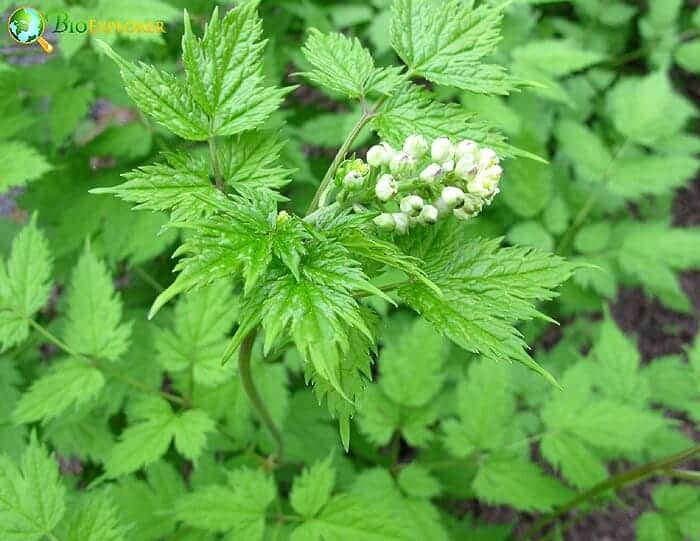
The mature height of the plants is approximately 91.5 to 122 cm (36 to 48 inches). The white and red Baneberry leaves are almost identical.
Still, the berry holding the stems is much thicker on white Baneberry plants. Red variants of this plant are known by a host of names, including Western Baneberry, snake berry, and black cohosh.
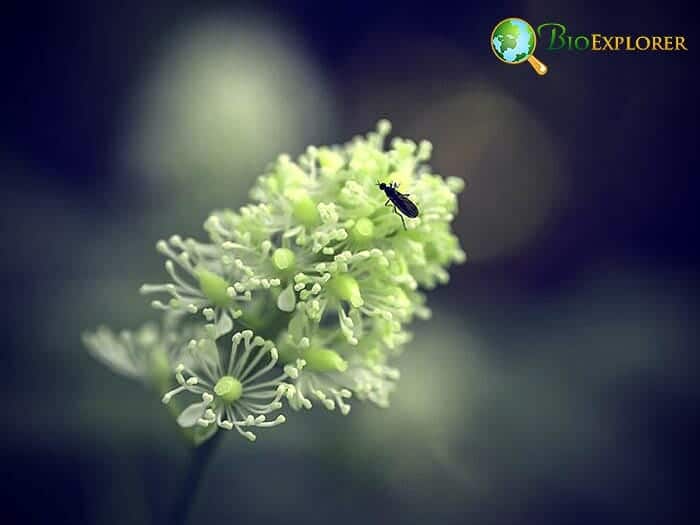
Conversely, white variants are known as doll eyes because of their odd-looking berries, typically marked with contrasting black spots. White Baneberry is also known as white beads, white cohosh, and necklace weed.











